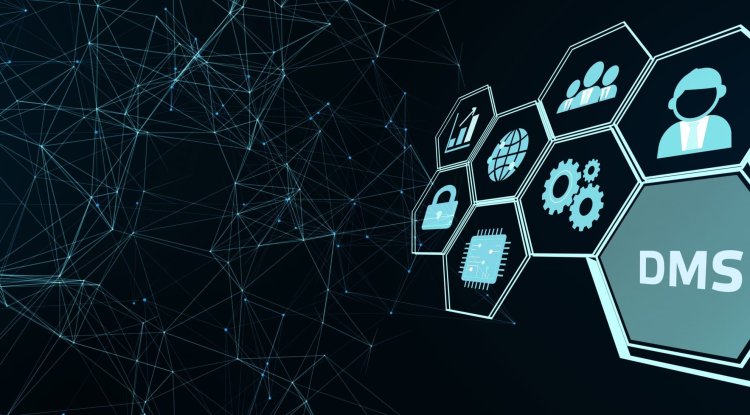DMS and ECM - evolution in progress

If we look back, we will remember the many years during which DMS (Document Management System - solutions for document management systems) solutions in the field of extravagant software innovation gradually became a necessity that every company should have.
The digital transformation of business has proven to be a good catalyst for the introduction of DMS and ECM solutions. The evolution of DMS business solutions was conditioned by both internal (awareness of the need) and external circumstances (objective, ever-increasing needs), to finally confirm its confirmation by the rapid acceleration of the digital transformation process in business, where the possible denial of these circumstances concrete damage to an organization that would resist evolution.
Dilemmas and doubts have arisen about the differences between DMS and ECM solutions and whether a company can and should implement both types of solutions or just one. DMS - software for managing the organization’s internal documentation
Document Management System (DMS) is software designed for organizations with which they store, track movement and manage their documentation in electronic format. DMS software is actually used to efficiently store, modify and download electronic documents in various (structured) formats: text files, business tables and others.
The first DMS systems were mostly used for rudimentary digitization of paper / physical documents (in the form of optical scanning, with or without OCR processing) and their subsequent storage in the form of files, while today’s DMS software provides many advanced functionalities. modern business management is performed in digital format.
Many functionalities are available to DMS users, such as document version control - the possibility for users to have an insight into all previous versions and changes of an individual document, rollback function that supports downloading some of the older versions of the document in case its subsequent modification was incorrect or undesirable or Check-in / Check-out and Locking - functionalities that ensure the integrity of a document that multiple users try to access at the same time the user has made some changes to it.
These are just some of the features of modern DMS solutions. All of them are capable of complete and optimized document management, including document acquisition (scanning and digital processing of physical documents, ie electronic uploads), automatic, manual or combined metadata creation, which facilitates search, integration with other systems and platforms, validation and checking the completeness of documents and their indexing.
Downloaded documents are stored on local servers or on the cloud, from where they can be searched, viewed, downloaded, modified or distributed electronically or as a physical copy, in accordance with the authorizations and needs of individual DMS users. ECM - a step beyond DMS
Organizational Enterprise Content Management (ECM) systems go a step further, in line with the needs of the new age, where external (Web) content is at least as important as internal.
ECM is a set of tools and processes that store, manage, process and search all content under the control of the organization (internal and external).
If we compare them, we could first say that DMS is software, and ECM is a set of tools and processes. In addition, ECM is a “broader version” of DMS that offers more functionality than DMS:
DMS primarily stores, monitors and manages electronic documents of the organization;
While ECM stores and processes complete content owned by the company, while managing and working processes within it. ECM is, therefore, DMS “on steroids”.
What type of solution is appropriate?
One of the important differences between these two types of solutions concerns scalability and ease and speed of implementation. DMS is something that practically every organization (including micro-enterprises) could and should own. ECM, on the other hand, requires a higher level of user expertise (ie their training), a longer implementation line and more complex maintenance, and is therefore optimized for larger business systems. The costs of implementing ECM solutions are higher than with DMS. Similarities between DMS and ECM solutions:
- Both solutions use SaaS technology
- They manage digital documents and content
- Both also classify unorganized data
- They support version control functionality
- They provide recovery of lost data
Another important difference is the support of different types of documents - DMS is excellent at “structured” data such as those packed in a Word file or PDF. ECM is able to adequately handle both structured and unstructured information sets such as images, graphics and video content, e-mails, Web content...
With this in mind, we can say that by installing a DMS software solution, the organization exits the paper and enters the digital world, while the ECM is a step further by taking organized control and management of all organizational content, including those on the Web.
Whether an organization should decide to implement DMS or ECM solutions depends on several criteria: the size of the company, the general volume of business, and especially the intensity and volume of documentation it creates, either internally or externally (on the Web).
Both types of solutions will increase productivity, increase work efficiency, reduce time and operating costs, while optimizing internal work processes. In the conditions of fierce market competition, the question: “Do we need it” replaced the question: “What exactly do we need from what was offered”?





































